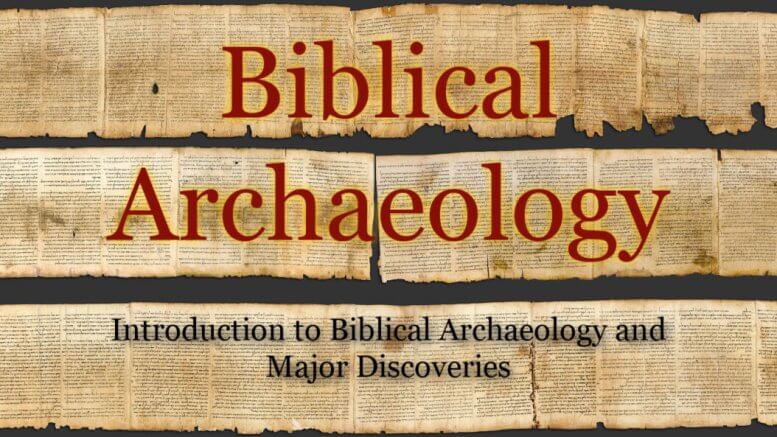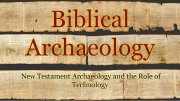Playback speed:
Introduction to Biblical Archaeology
Biblical archaeology is a fascinating field that merges the disciplines of archaeology and Biblical studies to uncover the physical evidence of the stories, places, and people described in the Bible. This discipline not only strengthens the faith of believers but also provides valuable insights for secular historians and archaeologists. The goal of this series is to explore significant archaeological discoveries and their implications for both the Biblical narrative and our understanding of ancient history.
The Importance of Biblical Archaeology
Biblical archaeology plays a crucial role in validating the historical accuracy of the Bible. By uncovering artifacts, inscriptions, and ancient structures, archaeologists provide tangible evidence that supports Biblical accounts. These discoveries bridge the gap between faith and history, offering a deeper appreciation of the Bible’s historical context. For both Christians and secular readers, the findings of Biblical archaeology offer compelling insights into the ancient world and the authenticity of the Biblical narrative.
Major Discoveries in Biblical Archaeology
Over the past several decades, numerous significant discoveries have been made that affirm the historical reliability of the Bible. These findings span various time periods and locations, providing a rich tapestry of evidence that enhances our understanding of Biblical events. In this post, we will summarize some of the most impactful discoveries made in the last 25 and 50 years.
Significant Discoveries in the Last 25 Years
- The Pool of Siloam (2004): Archaeologists discovered this ancient pool in Jerusalem, which the Gospel of John mentions. Jewish pilgrims used it for ritual purification before entering the Temple. This discovery provides a direct link to the New Testament narrative and the practices of the Second Temple period.
- Herod’s Tomb (2007): Archaeologists discovered the tomb of King Herod the Great at Herodium, a fortress and palace complex southeast of Bethlehem. This finding confirms historical accounts of Herod’s grandiose building projects. It offers insights into his significant role in the New Testament.
- Megiddo Church (Early 2000s): Archaeologists discovered one of the oldest known Christian churches in Megiddo, Israel. It dates back to the third century and contains a mosaic floor with a Greek inscription, providing early evidence of organized Christian worship.
Groundbreaking Discoveries in the Last 50 Years
-
Tel Dan Stele (1993-1994): This basalt stele, discovered in northern Israel, contains an inscription referring to the “House of David.” It is one of the earliest references to King David outside the Bible, confirming his historical existence and the prominence of his dynasty.
-
Caiaphas Ossuary (1990): An ornate limestone box discovered in Jerusalem is inscribed with the name of Caiaphas, the high priest who played a central role in the trial of Jesus. This find provides a direct archaeological link to a key figure in the New Testament.
-
Shroud of Turin Research: Scientists continue to analyze the Shroud of Turin, which many believe to be the burial cloth of Jesus, generating significant interest and debate. While people still contest its authenticity, the shroud remains one of the most studied and intriguing artifacts in Biblical archaeology.
Conclusion
The field of Biblical archaeology offers a wealth of evidence that enhances our understanding of the Bible and its historical context. From ancient inscriptions and structures to artifacts and tombs, these discoveries provide a tangible connection to the events and people described in Scripture. In the next post, we will look deeper into the ancient writings and historical documents that support the Biblical narrative, offering further insights into the rich tapestry of Biblical history.
Stay tuned for more exciting explorations in our series on Biblical archaeology, where faith and history intersect to reveal the profound truths of the ancient world.
Related:





